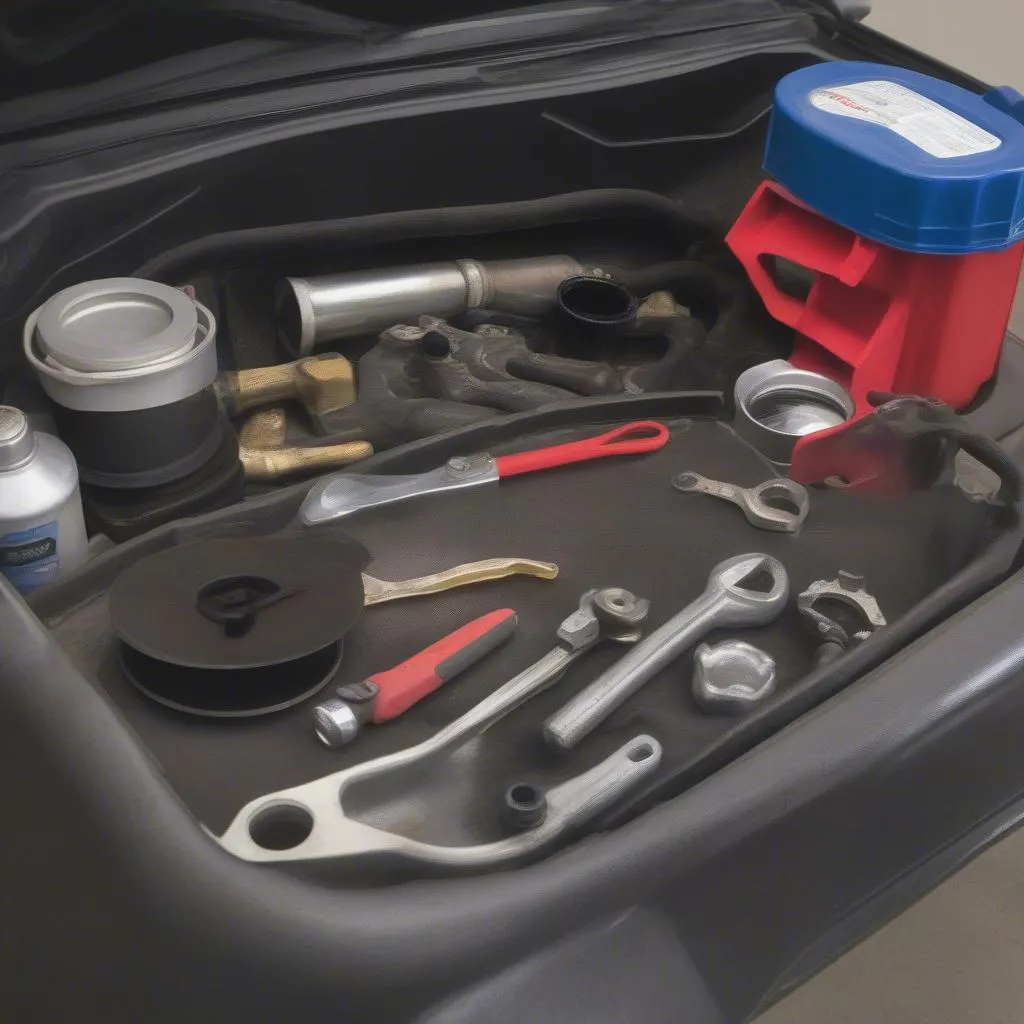Have you ever wondered how often you should change your car’s engine oil? It’s a question that many car owners ask themselves, and for good reason. The engine oil is the lifeblood of your car, lubricating the moving parts and protecting them from wear and tear.
Why Is It Important?
Changing your engine oil regularly is essential for keeping your car running smoothly and preventing costly repairs down the road. Think of it like giving your car a vital health check-up. Here’s why:
Expert Perspective: According to Dr. Michael Johnson, a renowned automotive engineer, “Engine oil is the single most important fluid in your car. It protects your engine from friction, heat, and contaminants.”
Technical Aspect: Engine oil acts as a lubricant, coolant, and cleaning agent. It reduces friction between moving parts, preventing wear and tear. It also carries away heat generated by the engine, preventing overheating. Over time, the oil breaks down and becomes contaminated, losing its effectiveness.
Economic Angle: Neglecting to change your engine oil can lead to serious engine damage, which can be expensive to repair. A simple oil change is a much cheaper investment in the long run.
How Often Should You Change Your Engine Oil?
The frequency of engine oil changes depends on a number of factors, including:
- Driving conditions: If you frequently drive in extreme conditions, such as hot or cold weather, or if you often drive short distances, you may need to change your oil more frequently.
- Oil type: Synthetic oil lasts longer than conventional oil.
- Vehicle manufacturer recommendations: Always check your owner’s manual for specific recommendations for your car.
 Oil Change Process
Oil Change Process
The Process of Changing Engine Oil
Changing your engine oil is a fairly simple process that can be done at home or at a professional mechanic shop. Here are the basic steps:
- Warm up the engine: Let the engine run for a few minutes to warm up the oil.
- Locate the oil drain plug: This is typically located on the bottom of the oil pan.
- Place a drain pan under the drain plug: This will catch the old oil.
- Remove the drain plug and allow the oil to drain completely.
- Replace the drain plug: Make sure it is tightened securely.
- Remove the oil filter: This is usually located on the side of the engine.
- Install a new oil filter: Be sure to lubricate the gasket before installing.
- Add new oil: Check your owner’s manual for the correct type and quantity of oil.
 Engine Oil Change Tools
Engine Oil Change Tools


